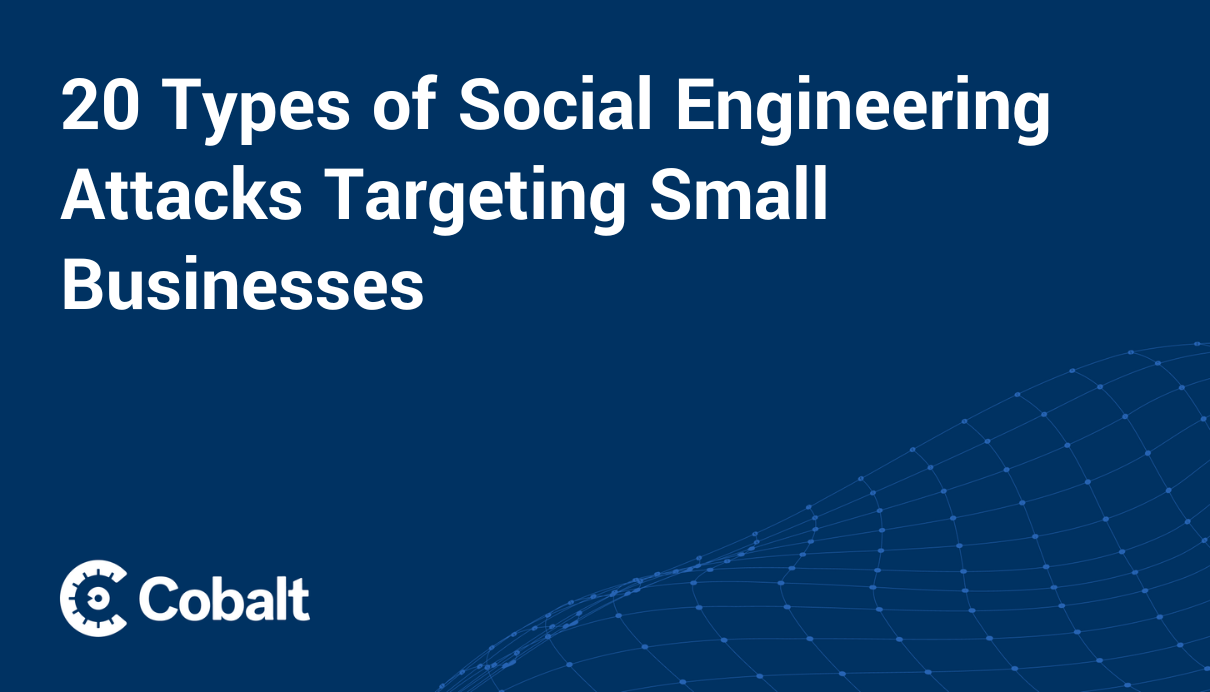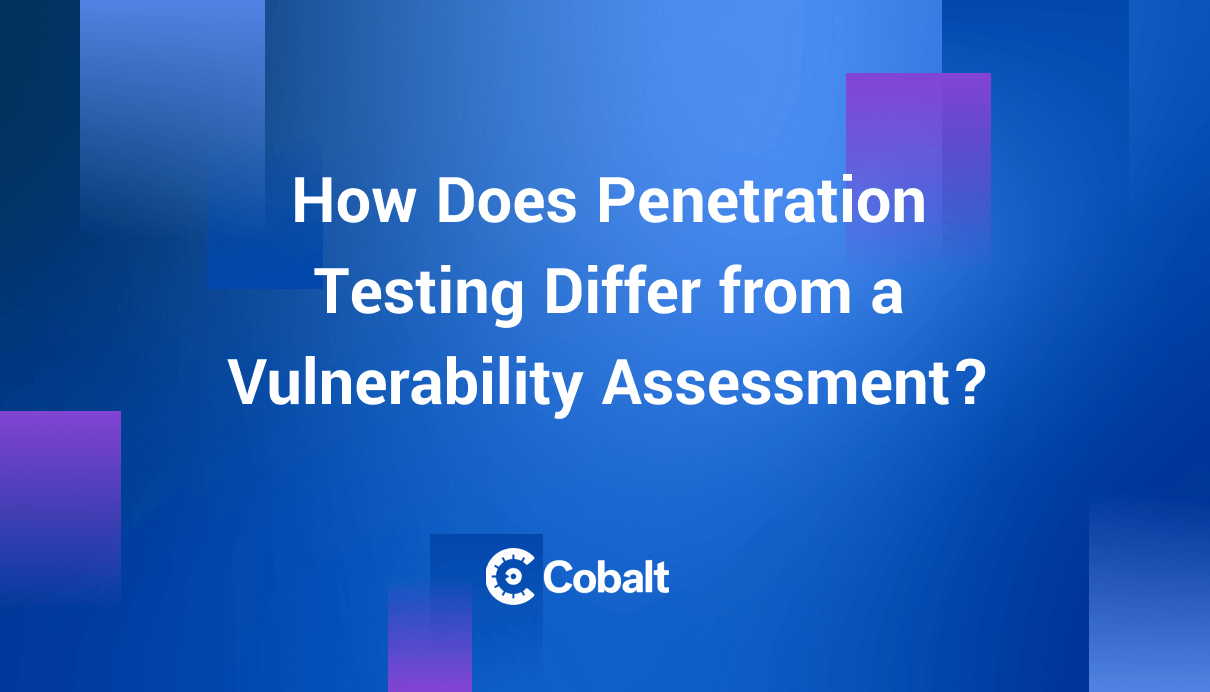When tasked with conducting a penetration test for your organization, the first step is critical: preparing thoroughly before engaging a pentest vendor. By understanding your assets and the associated risks, you can prioritize your pentesting efforts, justify the budget, and ultimately improve your organization’s security posture. Here’s a structured approach to get started:
What is penetration testing for startups?
For startups, penetration testing involves simulating real-world attacks on their systems, applications, and networks to identify and exploit security vulnerabilities before malicious actors can do so. This proactive approach helps safeguard sensitive data, build customer trust, meet compliance requirements, and establish a strong security culture from the company's earliest stages, often with a focus on cost-effectiveness and targeted assessments of their most critical assets.
Why do founders need to consider pentesting?
Founders need to consider penetration testing because startups often need to prove their security posture to work with larger businesses and enterprise clients. Furthermore, a breach can be devastating, causing data loss, reputational damage, customer churn, and fines. Proactive pentesting helps build customer trust, ensures compliance, and establishes a security-first culture, protecting the company's future.

1. Identify Your Organization's Assets
Before making informed decisions about pentesting, it's crucial to understand what assets your organization owns or is responsible for securing. This includes hardware, software, networks, and applications.
- Identify all assets: Catalog every system, network, and application critical to your organization.
- Determine ownership: Clearly outline which assets are owned by your organization and which are third-party managed but fall under your security responsibility.
- Use automation to help: Tools like the Cobalt Attack Surface Management (ASM) solution can automatically discover your external-facing assets, giving you a real-time, continuously updated inventory
2. Understand the Data You Hold
Knowing the type of data your organization holds is vital for assessing the risk of different assets.
- Identify the data: What sensitive or critical information does your organization store or process (e.g., customer data, financial data, proprietary information)?
- Categorize the data: Organize your data based on its sensitivity, such as:
- Personally Identifiable Information (PII)
- Financial Data
- Healthcare Data
- Intellectual Property (IP)
Data types like PII, financial, or healthcare data often have regulatory requirements (e.g., GDPR, HIPAA), which will help guide which assets should be prioritized for pentesting.
3. Assess the Risk of Your Assets
The risk associated with your assets will guide your pentesting efforts and help you prioritize which areas need attention.
- Risk analysis: Evaluate the potential impact if an asset were compromised. This can be done by considering factors like data sensitivity, business operations, and compliance obligations.
- Prioritize assets: Use the data categorization and risk assessment to identify which assets are most critical and need to be pentested first.
Example:
- If a web application contains PII or financial data, it should be prioritized for pentesting over less sensitive assets like marketing sites or internal tools.
4. Define the Purpose of Your Pentest
You must also understand the purpose of conducting the pentest. This clarity will help ensure you're meeting business objectives and security goals.
- Security best practice: To proactively identify vulnerabilities and reduce risks.
- Customer or vendor requirement: A customer might request a pentest report as part of vendor due diligence.
- Compliance requirement: Some industries or regulations mandate regular pentests.
5. Address Resource Constraints
A successful pentest requires time, budget, and the right resources for remediation. Consider the following:
- Proactive security: If your leadership understands the importance of security and wants a comprehensive pentest, use your asset and risk analysis to build a strong business case for funding.
- Compliance or customer-driven: In cases where a pentest is driven by a compliance deadline or customer need, time and budget might be more constrained. Opting for quick-turnaround pentesting services could be a viable solution.
6. Plan for Remediation
Pentesting isn’t just about identifying vulnerabilities; it’s about fixing them. Ensure you have the necessary resources for remediation:
- Collaborate with internal teams: Work closely with engineers, developers, and network administrators to ensure they are available for remediation tasks.
- In the Cobalt platform, you can easily assign internal team members to individual findings
- Developers should plan remediation efforts into their sprints.
- Network administrators should be prepared to address vulnerabilities affecting internal systems or user access.
- Timely remediation: Having resources in place for quick fixes will help you meet deadlines, whether it's for a customer report or a compliance audit.
- With Cobalt, pentesters will perform free, unlimited re-testing on remediated findings
7. Documentation and Future Planning
Thorough documentation of your pentesting process and findings is essential for ongoing improvement and planning future tests.
- Document assets tested: Record which assets were included in the pentest and why. For example, if your mobile app shares code with the web app, you may prioritize web app testing and defer the mobile app for next time.
- Create a testing policy: Establish a policy that outlines:
- Which types of assets require testing (e.g., web apps, network, etc.)
- The frequency of testing based on risk (e.g., annual testing for assets containing PII, bi-annual tests for public-facing sites)
- Develop a roadmap: By documenting your pentesting policies and testing history, you’ll create a roadmap for future tests. This documentation will also make budgeting and planning easier for upcoming cycles.
- Maintain a security-first approach: Regularly revisit your asset inventory, risk assessments, and pentesting policies to keep security top of mind year-round.
Conclusion: Build a Proactive Security Culture
By systematically identifying your assets, understanding the data they hold, categorizing their risks, and preparing for remediation, you’re laying the foundation for an effective penetration testing strategy. This structured approach not only helps prioritize where pentesting efforts should go, but it also supports business goals like customer trust, regulatory compliance, and overall risk management.
With proper planning, resource allocation, and documentation, your organization will be better equipped to conduct successful pentests that identify vulnerabilities, strengthen security, and justify pentesting budgets in the future.









